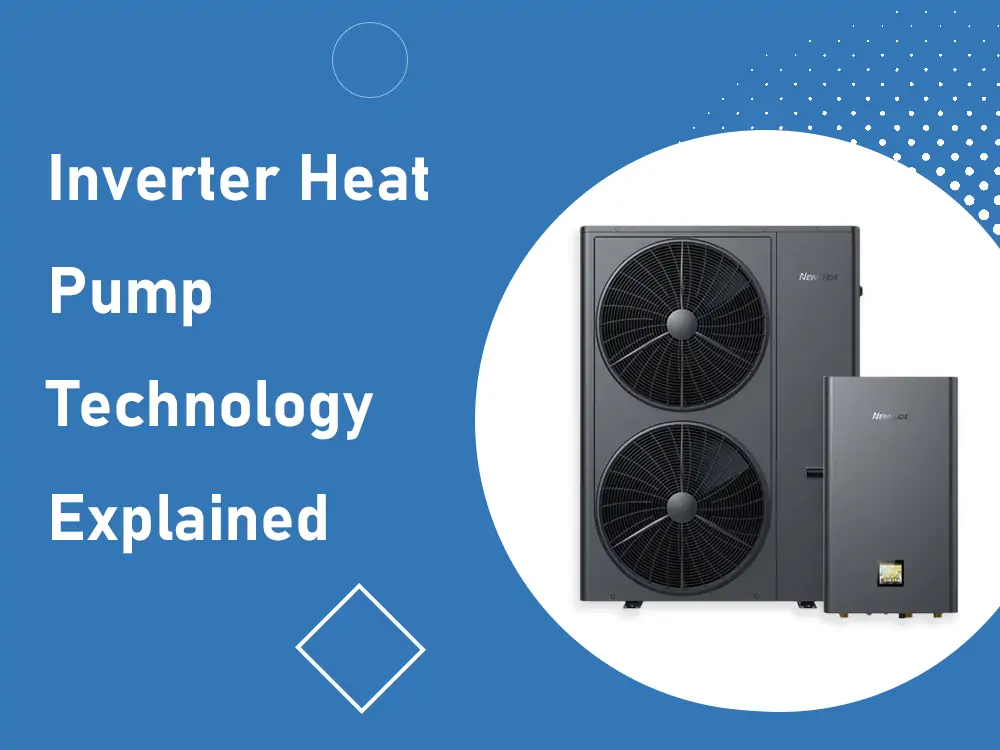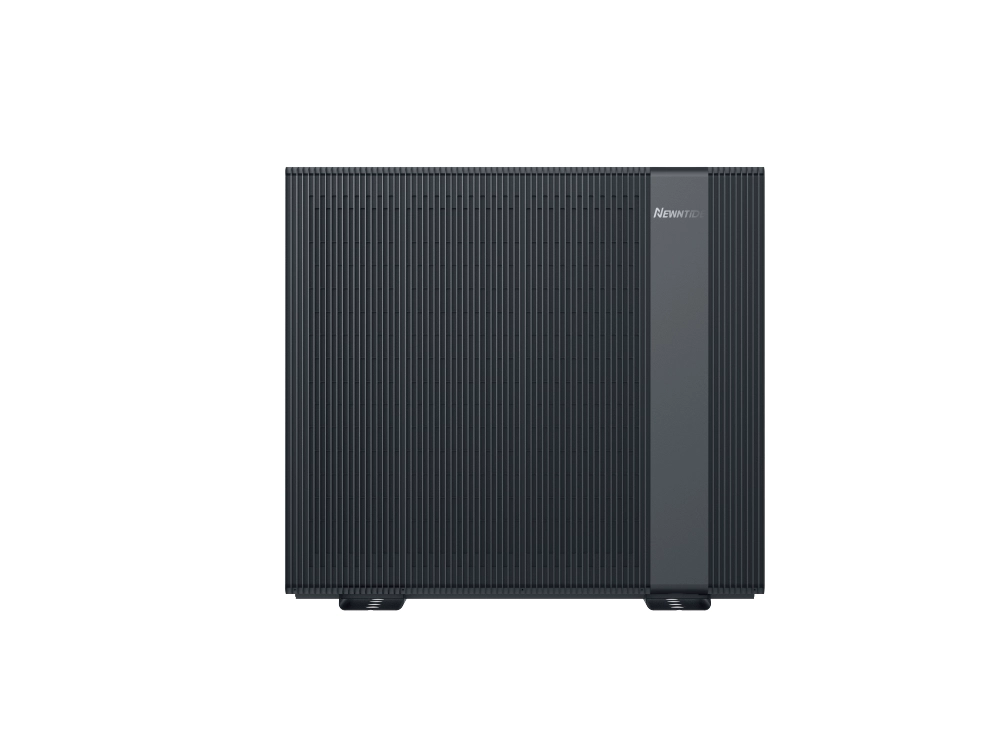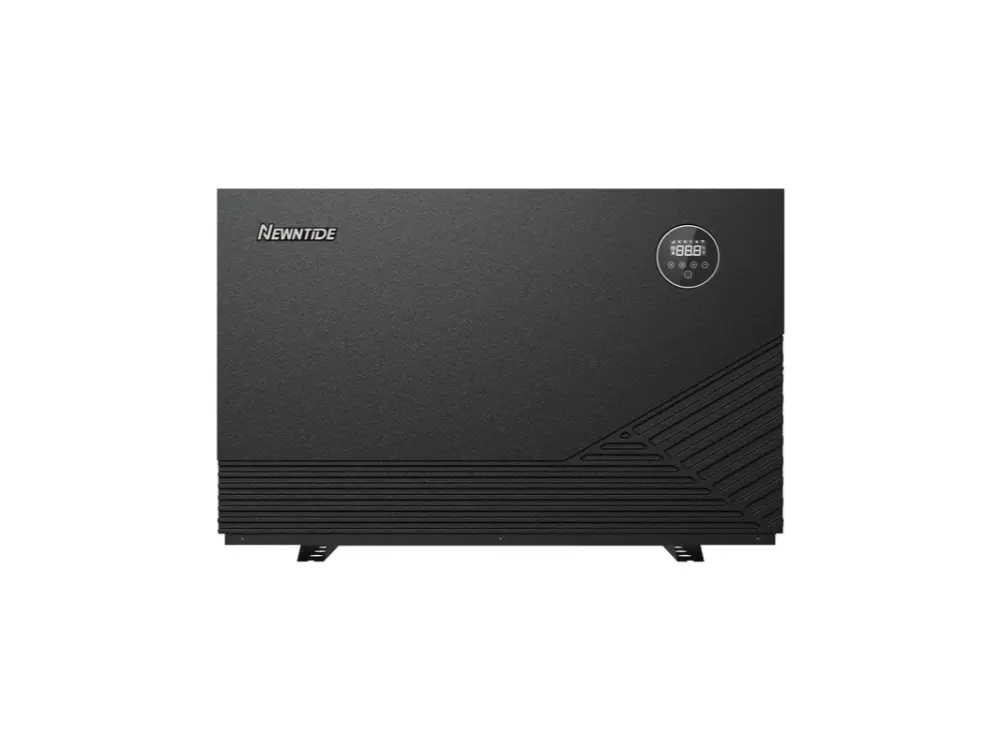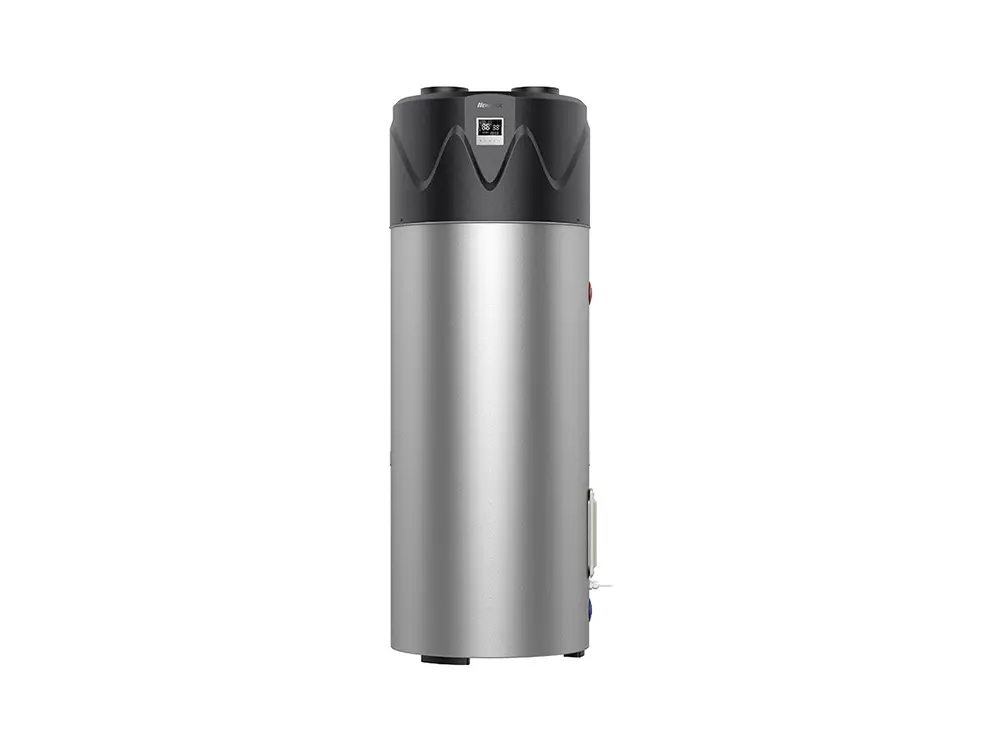
Introduction
Are you looking for a new cooling and heating system for your home? Then, you would typically consider installing a heat pump.
Heat pumps are a variant of the HVAC system, and they come in varying types. Inverter heat pumps are becoming very prevalent among homeowners.
Here, we’ll thoroughly examine what is an inverter heat pump, its functioning, upsides and applications. We’ll also provide essential guidance as to when to select an inverter heat pump.
Lastly, we’ll respond to some FAQs you may have about such an HVAC system.
What are Heat Pumps?
Heat pumps are appliances that extract heat from one location and transport it to another. They use electricity and can be employed typically in all climates.
They exploit a refrigerant to move heat in a cycle. It’s similar to the functioning of a refrigerator.
In summer, such devices cool your home by expelling heat from indoor air to outdoors. In winter, they keep your home warm by extracting heat from the outside. It then releases the heat indoors. It implies that the heat transport process is reversed in winter compared to summer.
Note that such appliances move heat energy rather than generating it. They are more efficient than furnaces, making them a cost-effective selection for cooling and heating.
What are Inverter Heat Pumps?
Inverter heat pumps are otherwise known as variable-speed heat pumps. These systems don’t turn on and off but rather operate at variable speeds continually.
That degree of control permits such an appliance to maintain a consistent temperature. The device regulates its power output depending on the conditions in your home. It can function at any power output range from 0 to 100% as required.
Thus, such devices differ significantly from traditional fixed-speed ones. The traditional systems turn on and off entirely to maintain the temperature in your household.
Essentially, inverter heat pumps exploit variable-speed compressors to maintain temperature. They can respond more quickly to your home conditions than traditional and regular ones.
This procedure diminishes energy consumption while keeping up with an ideal temperature in your home.
How Do Inverter Heat Pumps Work?
Before explaining the functioning, let’s look at the vital components of such appliances. These are:
Variable-Speed Compressor
The core component of such an HVAC system is a variable-speed compressor. As stated before, it regulates its speed, which is reliant on heating or cooling requirements. It implies that it can function at a low speed when the demand is low. It can also speed up when cooling and heating are necessary.
Refrigerant
The refrigerant flows via a closed loop in such an appliance. It transports heat energy into or out of the household or building. The inverter heat pump technology enhances the refrigerant amount flow. It’s between the outdoor and indoor units.
Reversing Valve
Another vital component of such a system is a reversing valve. It allows for changing the direction of refrigerant flow. That enables the system to alter the cooling/heating modes of operation.
Working
In heating mode, the refrigerant extracts heat energy from the outdoor air in the evaporator. The evaporator is a heat exchanger, transporting heat from the outside air to the refrigerant.
The compressor then compresses the refrigerant, thus increasing its pressure and temperature. Lastly, the hot refrigerant liberates the heat to the inside air through a condenser coil.
In cooling mode, the entire process is reversed. The refrigerant absorbs heat energy from the inside air in the evaporator. Then, the heat energy is liberated outdoors via a condenser coil.
Benefits of Inverter Heat Pumps
Compared with other heat pump variants, inverter heat pumps offer manifold benefits. Some prominent of them are:
1. Energy Savings
One of the chief upsides of such devices is energy savings. They run heating or cooling cycles at a lower speed almost all the time. Thus, it aids in saving energy as they don’t cycle on and off. Thus, you can save up to 30% energy and lower your utility bills.
On the other hand, single-speed heat pumps are not comparatively as energy-efficient. It’s because they need recurrent start and stop. That wastes electricity as they function at full power when they are started.
2. Comfort
Such appliances have longer cooling and heating cycles. It makes certain that the air in your home is steadily close to the needed temperature.
It also reduces hot or cold spots throughout your residence to provide a cozy atmosphere. In contrast, traditional systems have more temperature variation as they switch on and off.
3. Humidity Control
Variable-speed heat pumps offer consistent humidity control as compared to single-speed ones.
They eliminate cold and hot spots throughout your household with precise temperature control. As they function for longer periods, they can extract more moisture out of the atmosphere. Thus, you can get more comfort out of them.
4. Improved Air Quality
Another advantage such systems bring is improved and enhanced air quality.
The reason is that such appliances continually function to monitor small temperature changes. With that, it also works consistently to absorb fresh air.
This enhanced air circulation ensures that your home has a constant clean air supply. It also makes your household a refreshing and calming place.
5. Noise reduction
Another upside of these HVAC systems is their quiet functioning. That aids in noise reduction and hence also minimizes noise pollution while raising comfort levels.
It’s because the inverter technology regulates the compressor’s speed, bringing about quieter working. In contrast, traditional systems coming with fixed-speed compressors can be loud. It can be especially very disturbing for the residents and cause discomfort.
6. Longer service life
Variable-speed heat pumps have a longer lifetime than traditional on/off ones.
The gradual regulation of compressor speed diminishes system wear and tear with time. It also results in lower stress on the system components. Consequently, the functioning of such a system will be fluid and smooth.
It enhances the heat pump system’s durability. The result is a reliable and enduring cooling and heating solution, especially for homeowners.
Applications of variable-frequency heat pumps
Inverter heat pumps are also otherwise called variable-frequency heat pumps. These have a number of applications, some of which are:
1. Residential uses
Such devices are an ideal solution for domestic and residential use. These systems are applicable in households for cooling/heating purposes.
Along with that, such devices can be a part of ductless or ducted systems. Such systems bring about precise, efficient and reliable temperature control for your home.
Thus, these are ideal solutions for modern and older residential buildings.
2. Commercial uses
Variable-frequency heat pumps are also excellent solutions for commercial and industrial buildings. These include office buildings, hotels, shopping centers and retail units, to name a few.
Additionally, such appliances are great options for swimming pools and leisure centers. They provide comfortable and optimum working and exercising conditions throughout the year.
Furthermore, inverter technology finds applications in VRF (Variable Refrigerant Flow) installations. These offer increased efficiency and precise temperature control, specifically for large spaces. That makes VRF systems perfect for industrial facilities and commercial buildings.
3. Climate considerations
Variable-frequency heat pumps are highly suitable in various climates, including cold climates. Such devices are especially beneficial for areas with large seasonal variations.
Thus, a variable-frequency heat pump can work effectually and efficiently in a cold winter freeze. It also excels in the hot summer afternoons and days with milder climates.
Such appliances are increasingly popular in regions with large climate changes. These HVAC systems can intelligently adjust to changes in temperature to obtain energy-saving cooling/heating.
When to Choose an Inverter Heat Pump
Inverter heat pumps are a prominent choice for anyone keen to lessen their carbon footprint. They also bring the luxury of a pleasing and comfortable home. They are energy-efficient and can provide noteworthy savings on utility bills.
The good thing is that both ducted and ductless variants are obtainable. Depending on your location and climate, both of these are great and practical options.
A ducted variant of such a system works like an air conditioner. It provides circulated air to each room via a network of ducts.
Conversely, ductless or mini-split systems comprise an indoor condenser and an outdoor compressor. These are linked by tubes, which move the refrigerant between them. Thus, there’s no need for ducts in such systems.
Ductless models are more energy-efficient and space-saving than ducted models. Yet both provide effectual cooling and heating throughout the year for your household.
FAQs
Variable-Speed Blowers vs Variable-Speed Compressors
As you see, variable-speed blowers and variable-speed compressors are parts of a heat pump system. But, these two components vary from each other.
A variable-speed blower is better known as a furnace fan or an air handler. It lies in your indoor unit. Its function is to blow air via the ducts. Furthermore, it can slow up and down as imperative for comfort.
A variable-speed compressor is a vital part of the appliance’s outdoor unit. It pumps refrigerants at varying speeds.
Variable-speed blowers always pair with variable-speed compressors and together furnish greater comfort in your household.
What Makes a Heat Pump Distinct from a Furnace?
Heat pumps, in essence, function differently from furnaces. A furnace only generates heat by burning fuel like oil and gas. It signifies that it can only provide a heating function.
A heat pump, on the contrary, is more versatile and provides both cooling and heating. It runs on electricity and employs a refrigerant. The purpose is to absorb heat from the system’s one side and release that to the other side.
Thus, it captures heat from the outside and pumps that into your household in winter. It provides heating. In summer, this process is reversed wholly to provide cooling.
Heat pumps are, to a greater extent, more energy efficient than furnaces. They can also provide considerable savings on utility bills as opposed to furnaces.
What Makes an Inverter Heat Pump Distinct from a Fixed Heat Pump?
An inverter heat pump varies from a fixed one. It’s because the former employs a variable-speed compressor. It’s capable of regulating its output according to cooling and heating demands.
Conversely, a fixed one has two settings: on and off. It means that such a device only functions at full capacity when functioning. It cycles between fully on and off to uphold a temperature. The outcome is lesser energy efficiency than that of the inverter system.
Conclusion
It’s hoped that you must have gained sufficient understanding about inverter heat pumps by now. You became aware of their meaning, benefits, applications, functioning and more.
These appliances offer advantages like increased energy savings and noise reduction. They are ideal for use in both households and commercial buildings.
Indeed, investing in an inverted heat pump is a smart choice. It’s better for your home or business than conventional heating and cooling systems.



